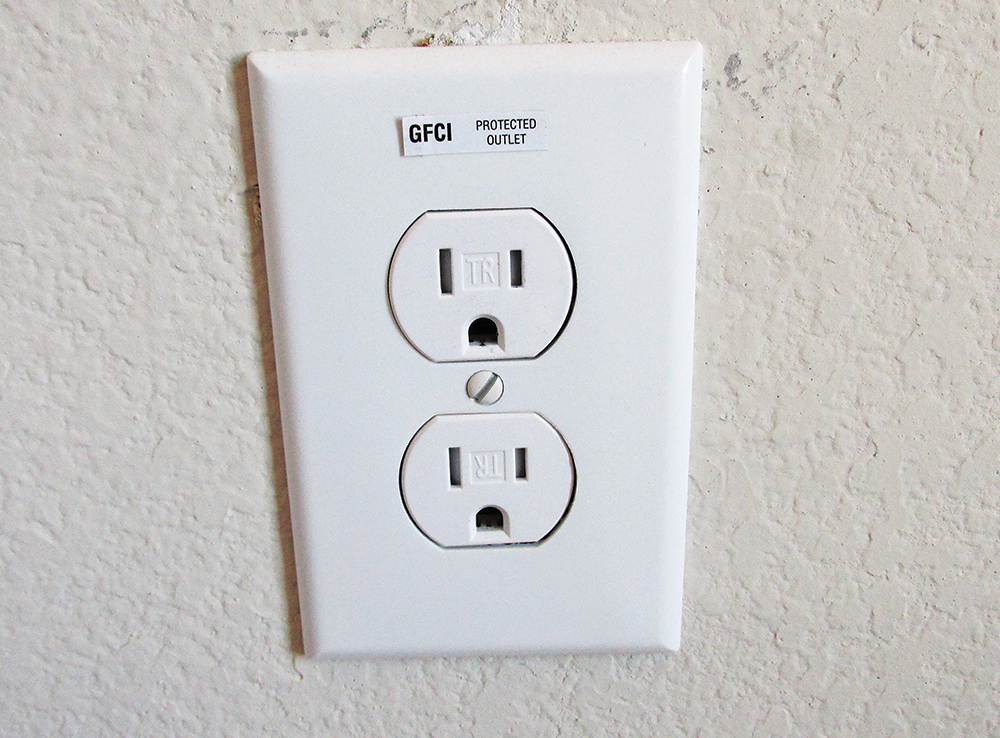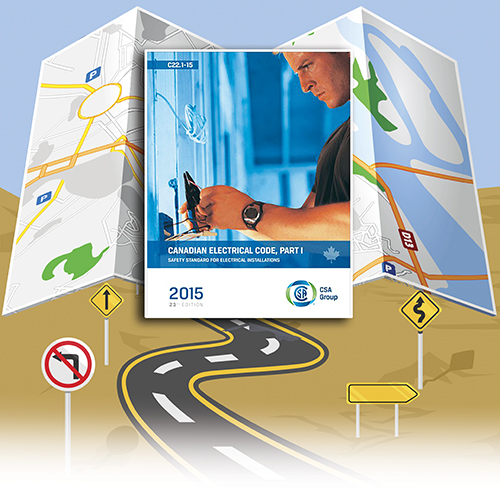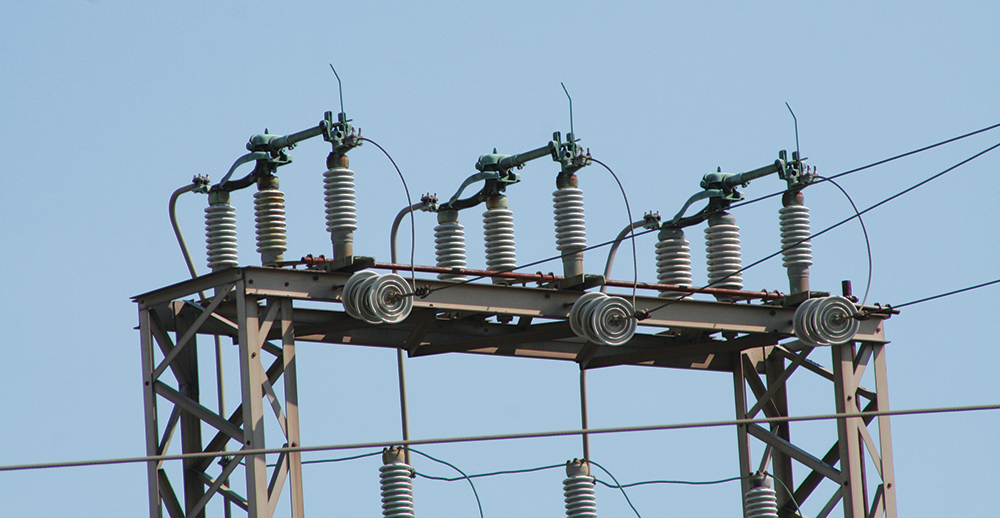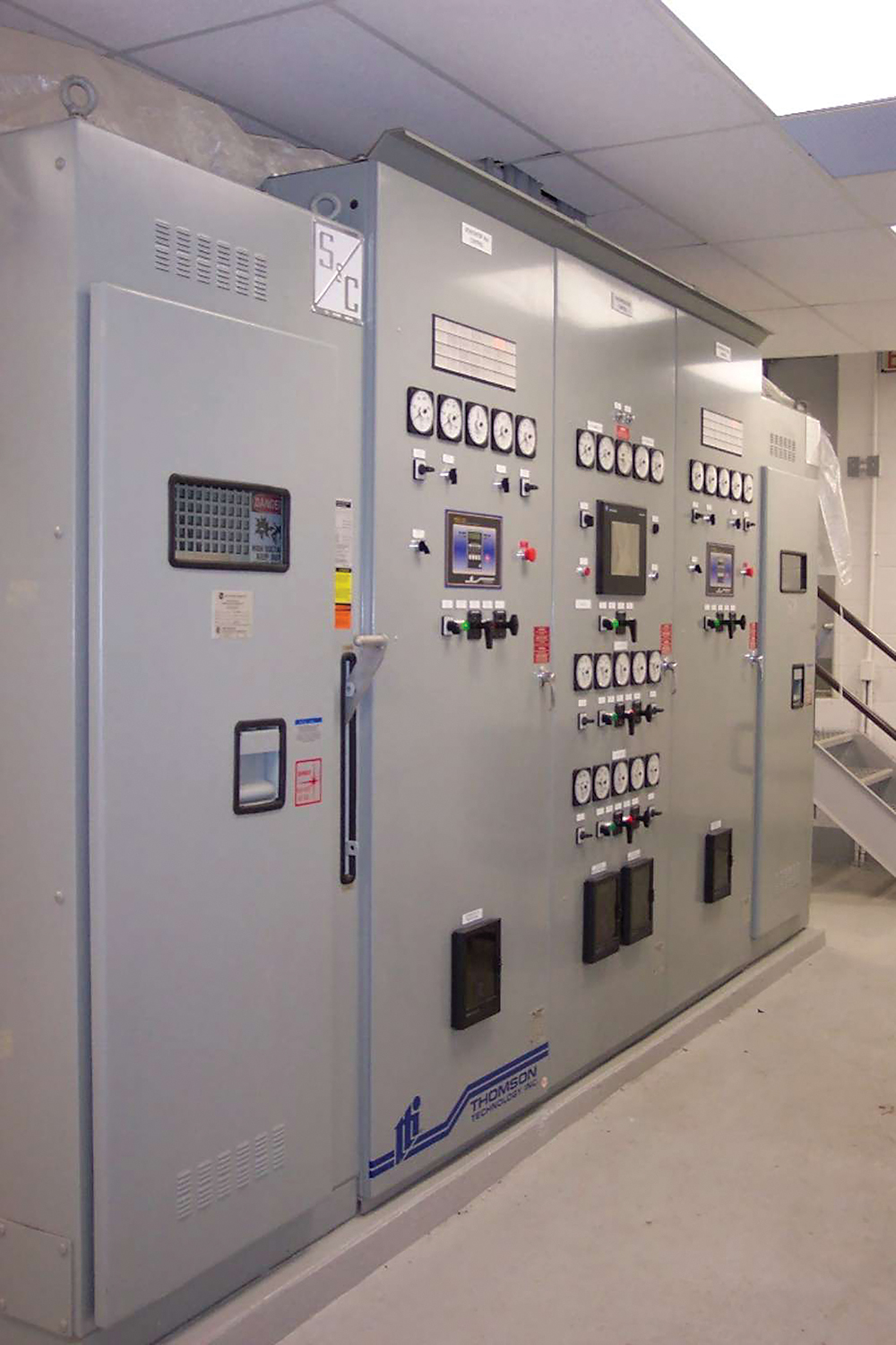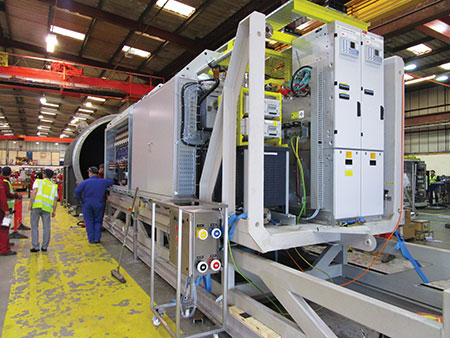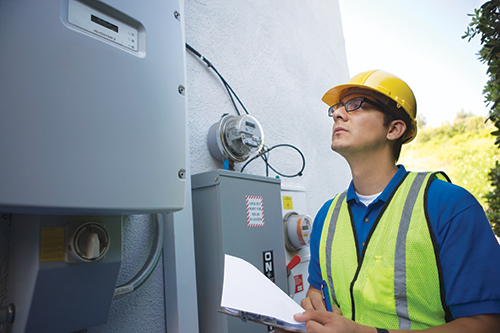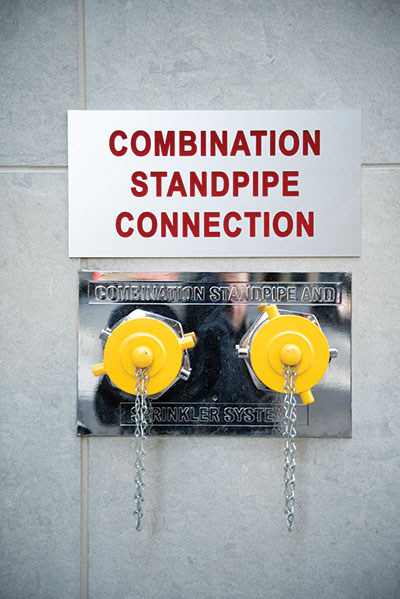Supplementary protectors have been recognised in Canada since the publication of the standard in 1989, CAN/CSA C22.2 No.235 Supplementary Protectors.
Quite often we look at the requirements of the CE Code without any concerns, as clarity of the literal text (and of the intent behind this text) appears to be obvious. Rule 8-304 of the CE Code should be one such requirement.
Section 8 is a general section of the CE Code. It provides the information you need to select the conductor ampacities and equipment ratings for consumer’s services, feeders, and branch circuits
High voltage visible isolation has been required in Canada since the fifties. Visible isolation is the ability to see the blades of a switch or circuit breaker to determine if the device supplying a high voltage circuit is in the open or closed position.
The Code is a comprehensive document. Sometimes it can seem quite daunting to quickly find the information you need. Part 4 provides a guide to help users find their way through this critical document.
Section 8 of the CE Code is absolutely critical, as the accurate load calculations constitute the basis for selection of the appropriate conductors’ sizes in services, feeders and branch circuits
Hydrokinetic turbine generation process uses flowing water in the form of ocean tidal energy, river in-stream energy, or ocean current energy to generate electricity.
The Code is a comprehensive document. Sometimes it can seem quite daunting to quickly find the information you need. This series of articles provides a guide to help users find their way through this critical document.
The subject of jurisdictional demarcation between electrical design of installations required to be performed in accordance with the CE Code, Part I and work by power supply authorities (by electric utilities) is a very big (and very touchy) issue.
The subjects of Integrated fire protection and life safety systems should not be new to the electrical designers, contractors and regulators, as the requirement to commission integrated fire protection and life safety systems was originally placed into Article 3.2.4.6. of the National Building Code of Canada (NBCC) in 2010.


